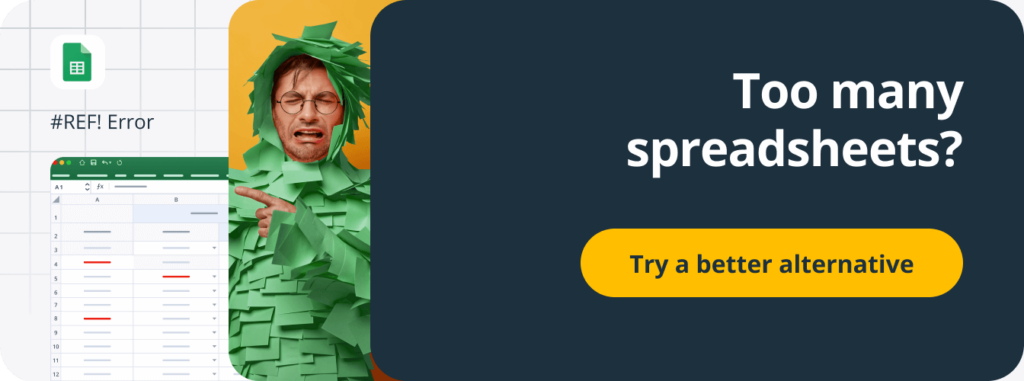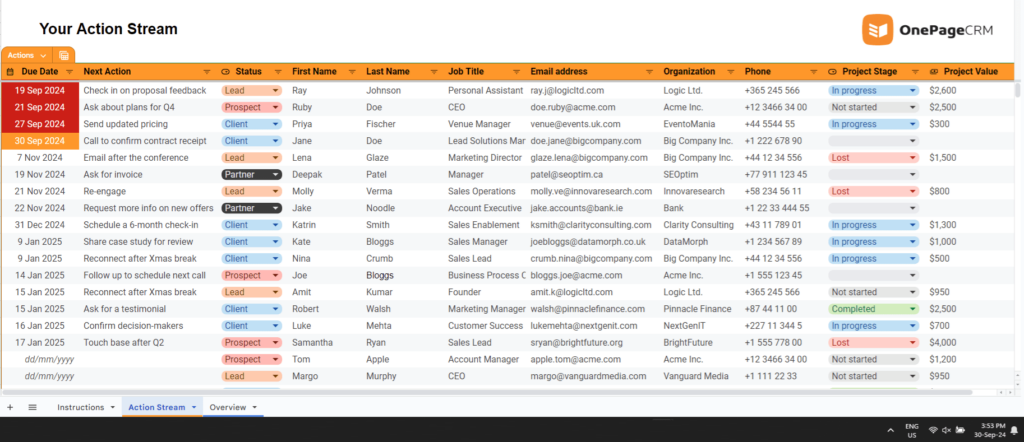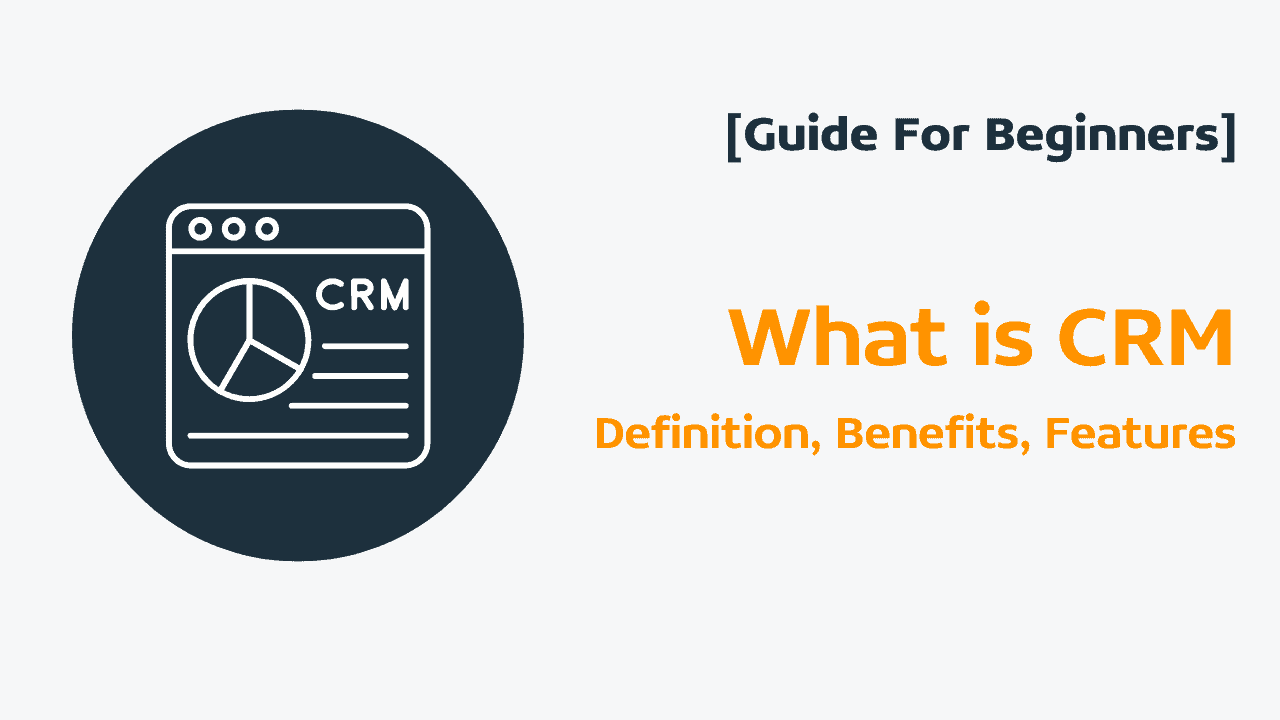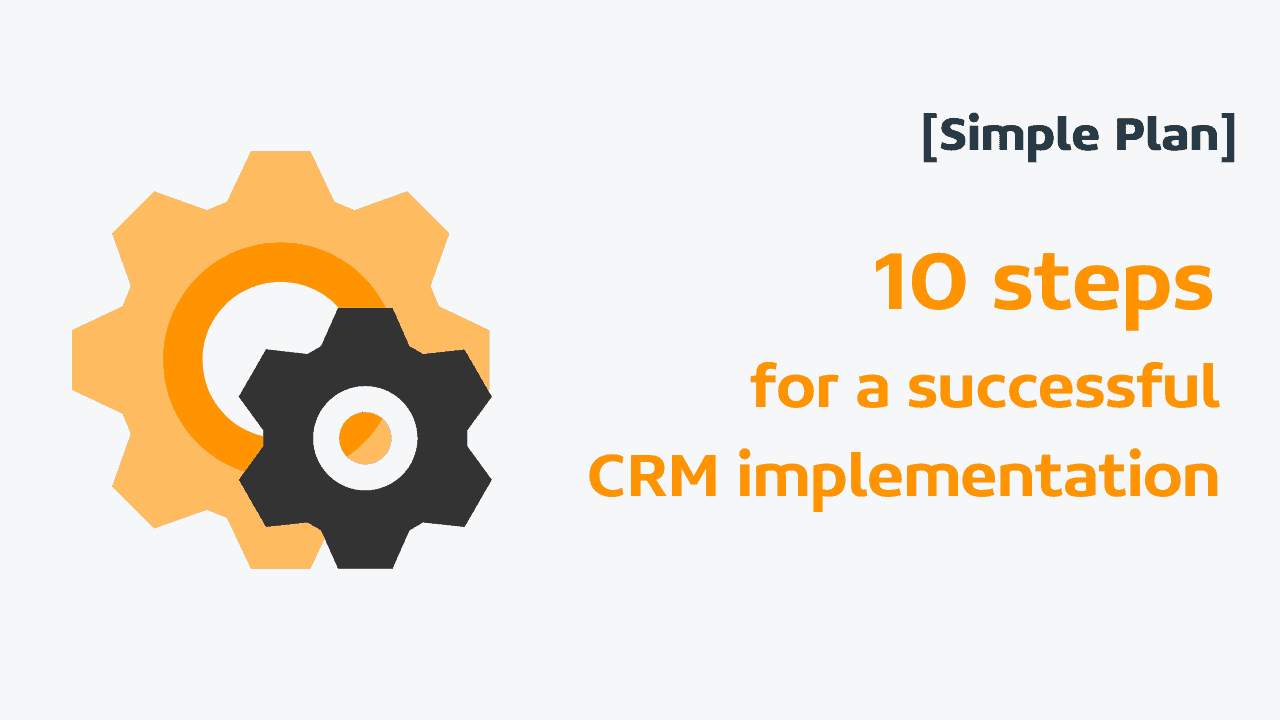

What is a Book of Business? [FREE Template + Definition]

When someone goes by the book, they do something right and follow the rules.
Books have been an important part of the world’s culture and language. Consider this… Judging a book by its cover, using every trick in the book, cracking a book, being a closed book—you get the idea!
So it’s not surprising that the term Book of Business has a poetic sound to it too.
Widely used among salespeople and attorneys, a book of business is a simple concept that can help you grow your business and see its growth from a new angle.
Let’s dig a bit more into this.
What is a Book of Business?
“How is it different from a CRM system then?” you might ask. And that’s a fair question! In some industries, a book of business is another name for a CRM system.
But the devil is in the details.
A book of business is not used to denote software or a database. It is a business asset—goodwill on your balance sheet that you can sell in some situations.
In insurance sales, law practice, and financial investment management, a book of business can be sold when the owner of the book retires or exists.
Moreover, attorneys and salespeople are usually solely responsible for their books of business. There’s an accountability element to it: “If you want to generate consistent revenue for the firm, you better take good care of your book of business because nobody else will do this for you.”
In other words, books of business have a monetary value.
Not everyone is thinking about their CRM the same way, right?
By embracing this term, you can change the way you and your team view and treat client records in your CRM.
It’s all in the mindset.
How does a Book of Business work?
A book of business has information that you need to build or maintain a relationship with a client: from their contact details to your past email conversations and meeting notes.
In a book of business, every client has a contact profile (or a Contact Page). It glues together all information.
Remember the old libraries with their index cards and catalogs?

Thankfully, we don’t need to go through index cards anymore.
Modern books of business are digital and the majority of salespeople use a CRM app to keep and manage digital records.
If you’re in real estate business or insurance sales, you can even define relationships between your clients or accounts in the book of business. This way, every Contact Page will provide you with an in-depth look into the client’s profile.

And if you need to keep a record of something very specific to your business, you can create custom fields.
Much easier than maintaining a physical catalog of index cards, right?
What are the benefits of having a Book of Business?
It’s not just a collection of records, see it as a business asset.
In the U.S. practice, when an attorney leaves a law firm, their clients might decide to continue business with the attorney rather than with the law firm. That’s why building and maintaining relationships is so important.
“You build a book of business by developing trusted relationships with clients and prospective clients.”
There are several benefits to having a book of business:
- Organize client information.
- Use it to grow and retain business.
- Gain insights into ways to expand your client base.
How to build a Book of Business?
Some start with a simple spreadsheet instead of a CRM system.
You can decide what fits your business needs at the moment. If you have just a handful of clients, it can be enough to use Excel. But if you already have a few dozen or hundreds of clients, you might want to have a standalone app.
1. Pull all clients into one system
Whether you’re using a CRM or a spreadsheet, you need to have a central place for all client records.
You can either create a new spreadsheet with a few columns or set up an account in a CRM system.
Once you choose a central location for your client database, start populating it with contact details: phone numbers, names, organizations, notes, etc.
It’s also a good idea to add background to some of your VIP clients. For example, it can be a note about where and when you met them.
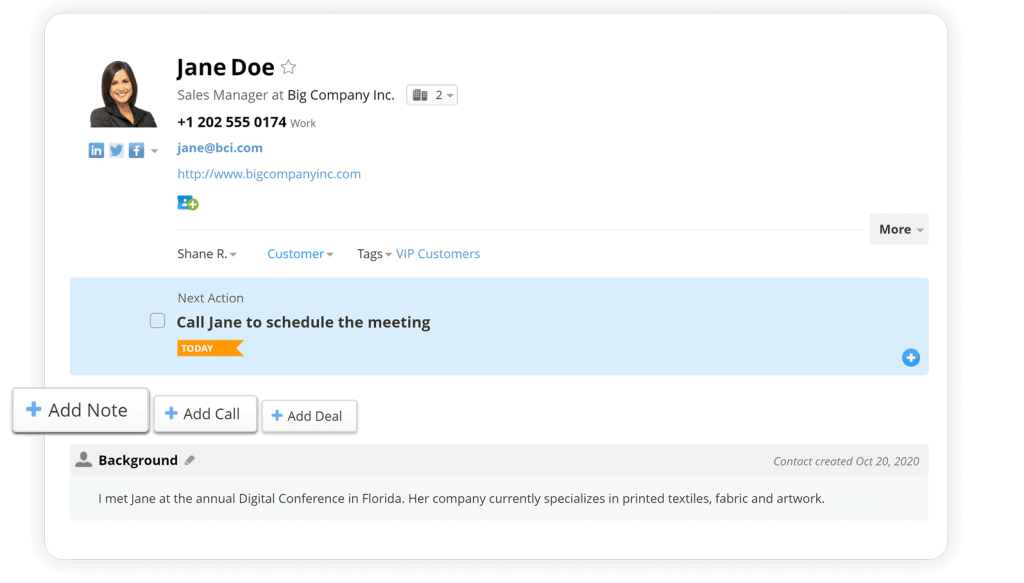
2. Customize the book of business
Having all client information in one place is only the first step. You need to find a way to organize your client base that works for you.
To better segment them, you’ll need to introduce a few tags. There can be a tag for VIP clients, referrals, and so on.
Your book of business can also benefit from custom fields. Depending on your business, you might need to record some specific information about your clients. For example, their reference number for invoicing or whether you provided them with training materials.
Whatever you add to your book of business, make sure that it serves one purpose: helping you build stronger business relationships.
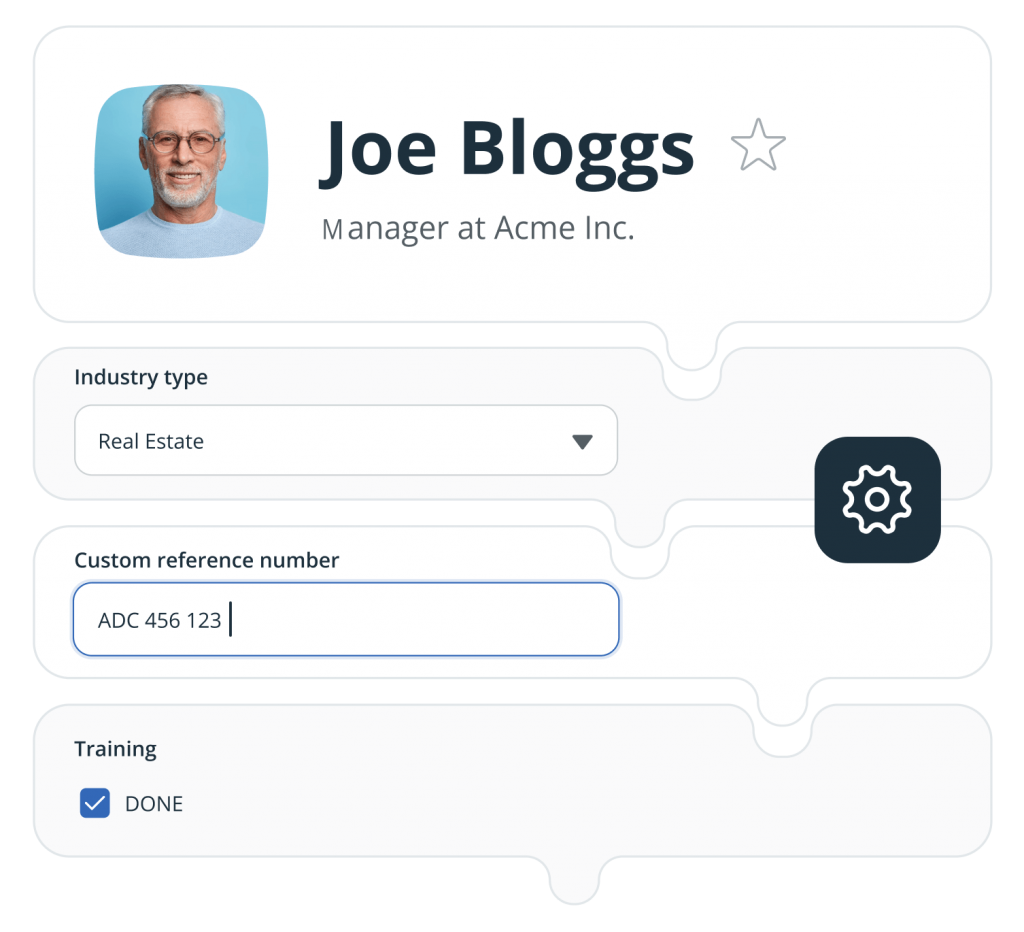
3. Put all information into action
Since a book of business is an asset, you need to treat it as such.
Simply having information well-organized in a system won’t generate sales—you need to put this information into action.
During busy times, it’s easy to stop checking in with previous clients—so you always need to stay on top of the game. By adding follow-up reminders to client records, you can make sure that no client in your book of business is forgotten.

Get a free book of business template in Google Sheets
Your book of business can be as simple as a spreadsheet with contact details, especially if you’re running a small business or if you’re just starting to build your client base.
A book of business in a simple spreadsheet is easy to share, provides a clear overview of your client base, and requires no special skills. However, it’s not enough just to keep a static list of clients. Ideally, you’d like to grow your client base and increase the value of the connections that you already have on the list.
Static databases won’t make your client base grow. But even a spreadsheet can be dynamic. This free book of business spreadsheet features a single tab for easy data entry. Each contact includes a follow-up reminder, allowing you to sort contacts by urgency.
There’s no learning curve and you’ll also get a free video tutorial for this Google Sheets template.
Your CRM is your Book of Business
Your CRM system can serve as the digital manifestation of your book of business. It’s a simple way to manage your client records, track interactions, and integrate with other apps. It lets you pull different types of information into a single place and put this information into action to build strong and lasting client relationships.





